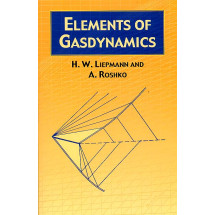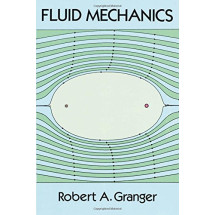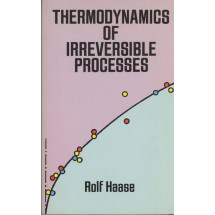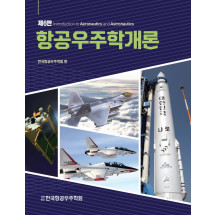Yunus A. Çengel received his Ph.D. in mechanical engineering from North Carolina State University and joined the faculty of mechanical engineering at the University of Nevada, Reno, where he has been teaching undergraduate and graduate courses in thermodynamics and heat transfer while conducting research. He has published primarily in the areas of thermodynamics, radiation heat transfer, natural convection, solar energy, geothermal energy, energy conservation, and engineering education. He has also authored the books Fundamentals of Thermal-Fluid Sciences (forthcoming July, 2000), Introduction to Thermodynamics and Heat Transfer and Heat Transfer: A Practical Approach, all published by McGraw-Hill. He has led teams of engineering students to numerous manufacturing facilities in Northern Nevada and California to conduct energy audits, and has prepared energy conservation reports for them. Dr. Çengel has been voted outstanding teacher by the ASME student sections in both North Carolina State University and the University of Nevada, Reno. He is a member of the American Society of Mechanical Engineers (ASME) and the American Society for Engineering Education (ASEE).
Michael A. Boles is Associate Professor of Mechanical and Aerospace Engineering at North Carolina State University where he earned his Ph.D. in mechanical engineering and is an Alumni Distinguished Professor. Dr. Boles has received numerous awards and citations for excellence as an engineering educator. He is a past recipient of the SAE Ralph R. Teetor Education Award and has been twice elected to the Academy of Outstanding Teachers. On several occasions the ASME student section has recognized him as outstanding teacher and the faculty member having the most impact on mechanical engineering students. Dr. Boles specializes in heat transfer and has been involved in the analytical and numerical solution of phase change and drying of porous media. He is a member of the American Society of Mechanical Engineers, the American Society for Engineering Education, and Sigma Xi.















